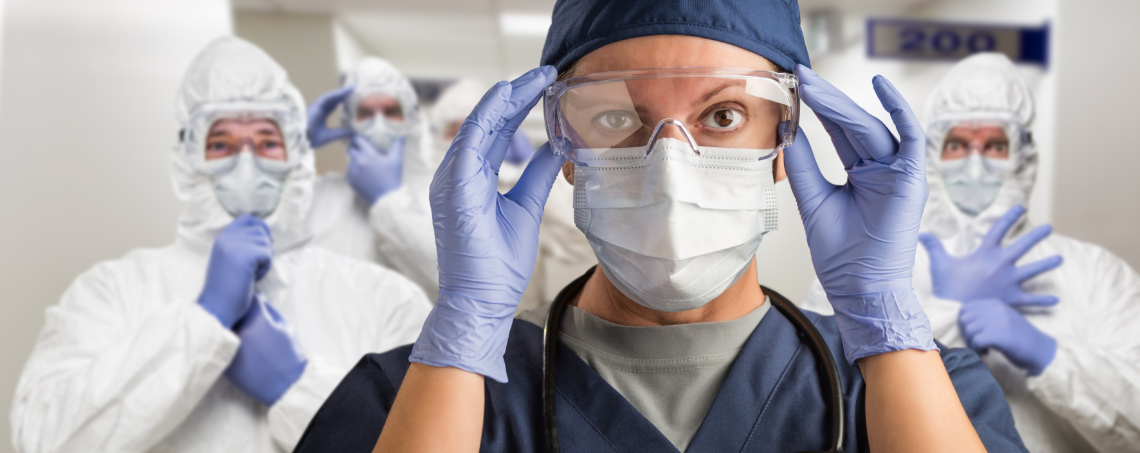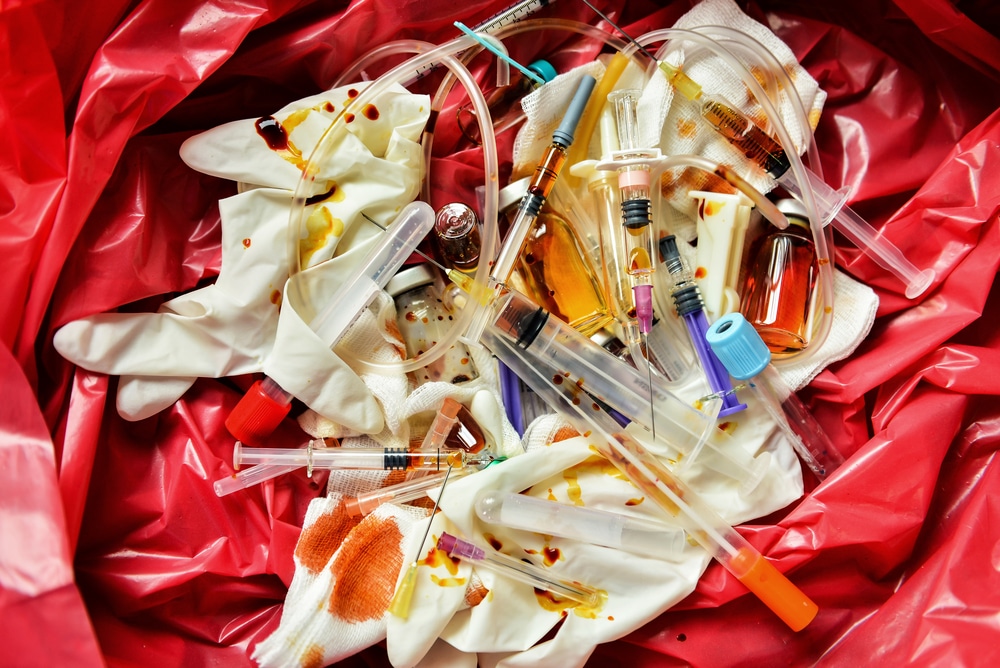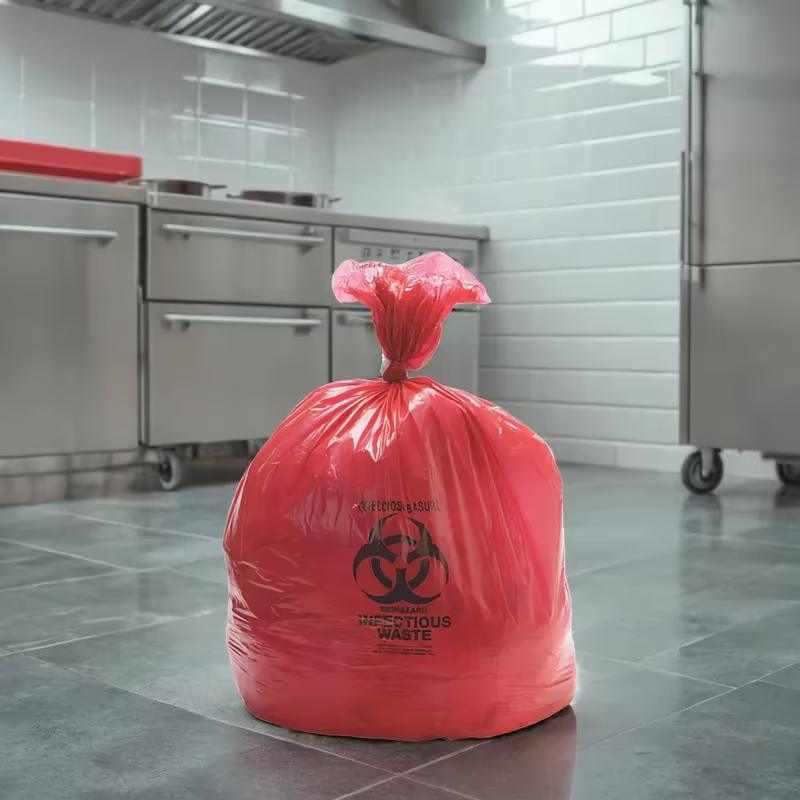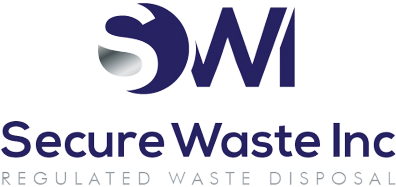How Do You Dispose Of PPE? Secure Waste Provides Our Step-By-Step Guide For Proper PPE Disposal In Healthcare
Would you like guidance on properly disposing of personal protective equipment (PPE) in your office? Understanding PPE and managing it can be confusing, but Secure Waste is here to help. In healthcare facilities, using PPE, such as masks and gloves, is vital for preventing the spread of infectious diseases.
Many employers also implement on-site testing for employees before they enter the workplace as a precautionary measure.
Consequently, there is an increasing demand for medical waste disposal solutions that safely collect and dispose of used PPE and testing materials. Understanding these processes is essential for maintaining a safe work environment.
Personal protective equipment, or PPE, is the final barrier against workplace hazards. Compared to other safety measures, it is the least effective control method.
It is essential to understand that PPE does not replace more robust engineering or administrative controls. Instead, it is intended for temporary use, protecting until more effective solutions can be identified and implemented.
Need A Local Disposal Company For Your PPE And Medical Waste? “Click Here”
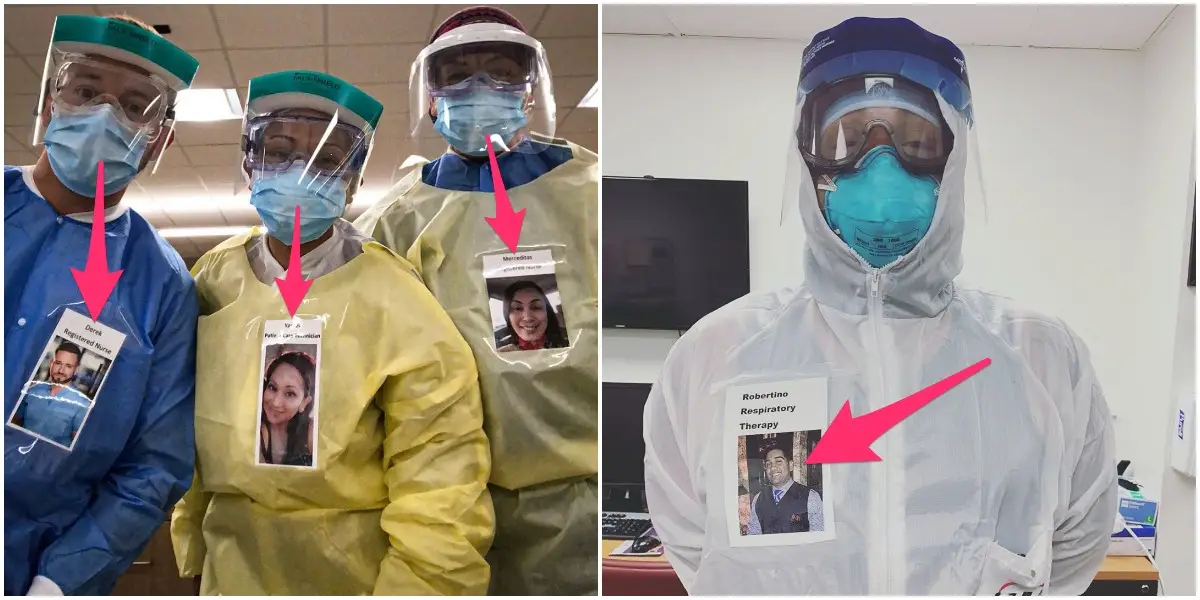
Secure Waste Explains The selection of appropriate PPE is fundamentally guided by the specific risks associated with exposure to various hazards. Here’s a breakdown of PPE categorized by body areas that require protection:
- Eyes: Protective eyewear, such as safety glasses, goggles, and specialized laser eyewear, safeguards against potential damage from flying particles or harmful radiation.
- Ears: Earplugs or earmuffs are critical for protecting hearing in environments with damaging noise levels.
- Face: Face shields provide an added layer of defense, shielding the face from splashes, impact, or airborne particles.
- Hands: Gloves come in various types, including exam gloves for general use and chemotherapy gloves for handling hazardous materials.
- Feet: Protective shoe coverings are crucial in environments where liquids or hazardous substances may be present.
- Torso/Body: Fluid-resistant gowns, impervious splash suits, and specific laser protective clothing are essential for safeguarding the body from splashes and hazardous substances.
- Lungs/Respiratory Tract: Respirators such as N95 filtering facepiece respirators, elastomeric half-mask respirators, powered air-purifying respirators (PAPRs), surgical masks, and protective shields are vital for preventing respiratory exposure to harmful agents.
Best PPE Latex Gloves To Use When Handling Medical Waste “Review Here”
PPE is any gear worn to reduce the risk of injuries or illnesses from exposure to workplace hazards, including chemical, physical, radiological, electrical, and mechanical threats.
This equipment includes gloves, safety glasses, hard hats, respirators, protective clothing like coveralls and vests, and even full-body suits.
Several critical steps must be taken to ensure the proper use of PPE. The design and construction of PPE should prioritize safety, reliability, and cleanliness.
Comfort is also key; equipment must fit well to encourage consistent use. Ill-fitting PPE can mean the difference between adequate protection and dangerous exposure.
When engineering solutions or procedural changes are insufficient, employers are responsible for providing their employees with the necessary PPE and enforcing its appropriate usage.
Expertise On PPE From The World Health Organization “Click Here To Learn More”
Employers must also empower workers through comprehensive training programs that cover crucial topics, including:
- PPE is necessary in specific situations.
- The types of PPE that are appropriate for different hazards.
- Correct procedures for donning, adjusting, and removing PPE.
- Understanding the limitations of the provided equipment.
- Methods of proper care, maintenance, and disposal to extend the useful life of PPE
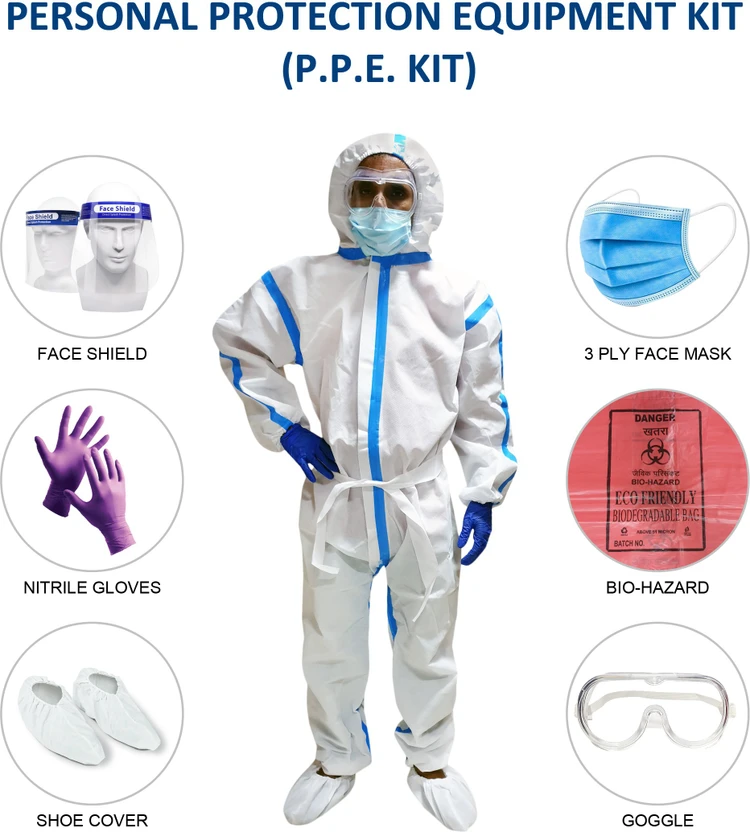
Implementing a robust PPE program is essential. This program should address the specific hazards present in the workplace, guide PPE selection and maintenance, provide thorough training for employees, and include mechanisms for monitoring the program’s ongoing effectiveness.
In healthcare settings, PPE is critical in protecting workers from virulent pathogens by minimizing the risk of exposure to bodily fluids and respiratory droplets.
Appropriately applying PPE is among the most effective strategies for safeguarding patients and healthcare providers from transmissible diseases. This importance is amplified when facing illnesses like COVID-19, for which effective treatments or preventative measures are still developing.
When treating confirmed or suspected COVID-19 patients, healthcare providers must strictly adhere to established protocols that dictate the necessary PPE. The Centers for Disease Control and Prevention (CDC) have set guidelines detailing recommended PPE usage for various situations.
Typically, this includes a waterproof gown, gloves, a surgical mask, hair protection, and a face shield, all in conjunction with rigorous hand hygiene practices to minimize exposure to aerosolized particles.
Moreover, healthcare providers must wear appropriately fitted respirators to ensure their protection when performing procedures that generate aerosols, such as endotracheal intubation.
Personal protective equipment (PPE) manufacturing is crucial in its efficacy against disease transmission. Effective PPE design must consider key factors, including pathogens’ transmission characteristics, the materials’ physical properties, and the specific environments in which the equipment will be utilized.
Additionally, it is essential to balance effectiveness with comfort, as healthcare providers often work in high-stress scenarios where unnecessary distractions should be minimized.
A prominent example is the role of face shields during the COVID-19 pandemic.
These shields are required for healthcare professionals near patients during aerosol-generating procedures, as they help reduce the risk of pathogens entering the mucous membranes of the eyes, nose, and mouth.
For optimal effectiveness, face shields must protect against aerosols and bodily fluids while resisting fogging. Furthermore, they should not obstruct the vision of healthcare workers and must be comfortable enough to be worn for extended periods, even in high-pressure situations.
Various materials can be utilized in the design of face shields, each with unique implications for their usability; for instance, face shields with foam padding on the forehead are suitable only for single use due to challenges associated with maintaining sterility.
In addition to the design elements of PPE, the proper techniques for donning and doffing this equipment are critical to minimizing contamination risks for healthcare workers caring for patients with infectious diseases.
This careful approach is vital for curbing disease spread and preserving the healthcare workforce. Furthermore, inadequate education and training regarding the proper use of PPE can hinder compliance with established guidelines.
Consequently, educating healthcare providers about PPE use during this global pandemic can significantly reduce the transmission of COVID-19.
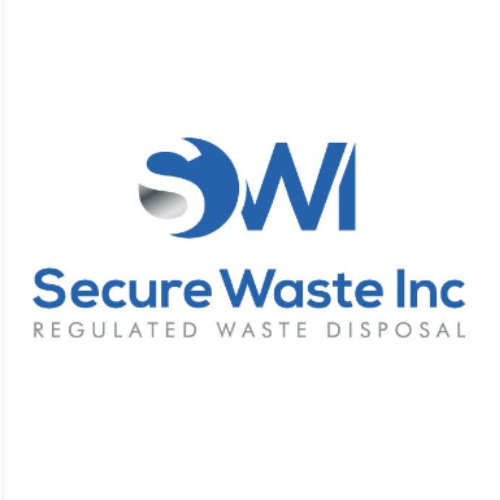
Expert Medical Waste Management: With over 25 years of industry experience, Secure Waste is a trusted local leader in hazardous and biohazardous waste disposal across Maryland, Virginia, and Washington, D.C. Specializing in medical waste management, sharps needle disposal, and biohazard waste removal, the company ensures full compliance with federal, state, and local regulations while prioritizing environmental sustainability.
The company also offers additional services, including secure document shredding and sharps container sales, providing comprehensive solutions for healthcare facilities and businesses. Our cost-effective services help clients maintain regulatory compliance without unexpected costs.
With a commitment to customer satisfaction, Secure Waste offers tailored waste management plans that align with industry best practices. Their team of experts provides reliable, timely, and compliant services, making them the preferred choice for medical waste disposal. For a free waste quote or more information, visit www.securewaste.net
